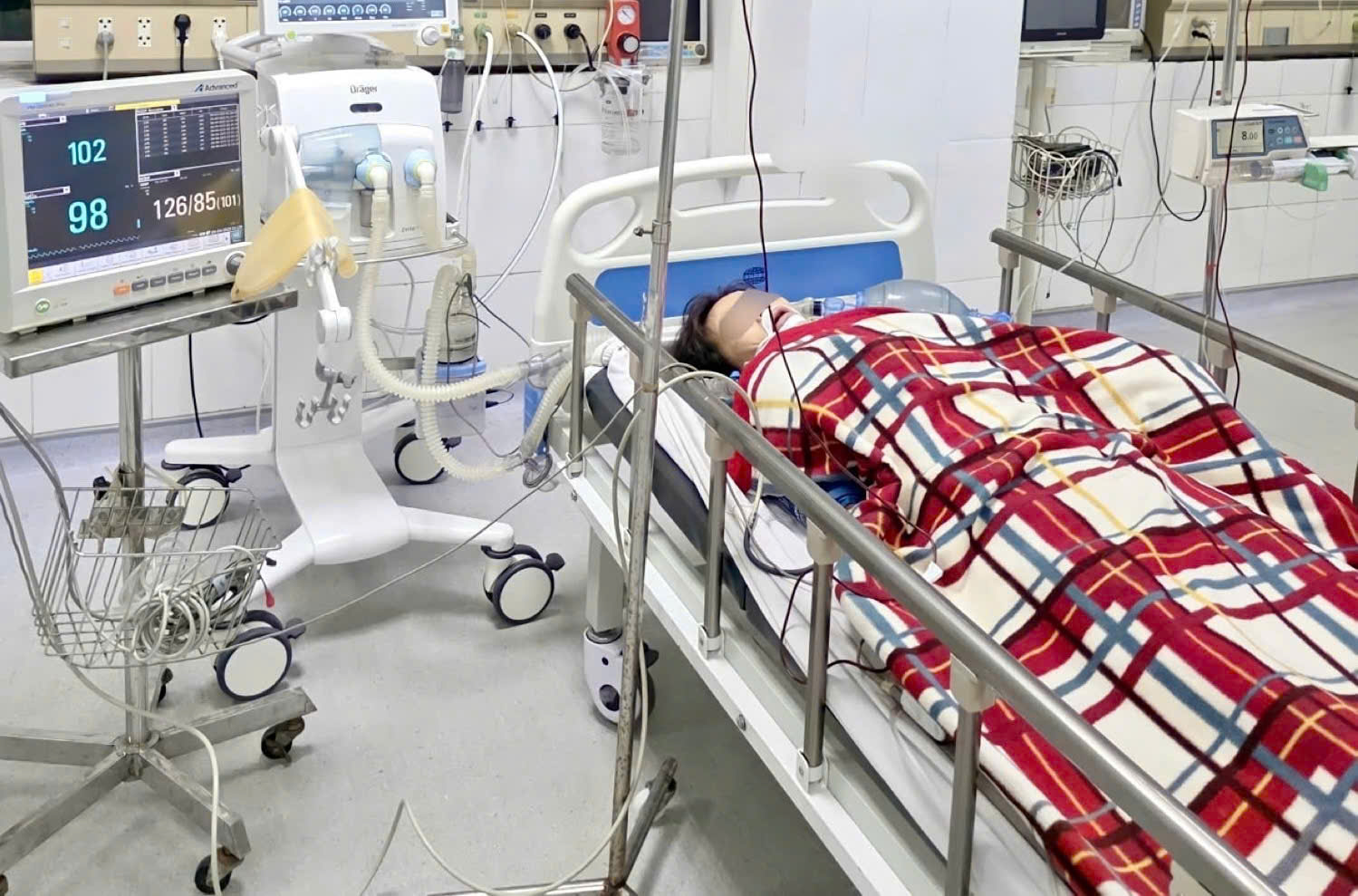On 19/9, representatives from Bac Ninh Obstetrics and Pediatrics Hospital No. 1 reported on a 40-year-old woman who had a history of four vaginal deliveries. At 33 weeks into her fifth pregnancy, she discovered her fetus was no longer moving. After a check-up at a private clinic confirmed a stillbirth, she chose to self-induce an abortion using medication purchased without a prescription, instead of seeking hospital care.
Shortly after, the woman experienced severe abdominal pain, shortness of breath, and pale skin. Upon arrival at the hospital, she was in critical condition with undetectable blood pressure, a rapid and weak pulse, and dark red vaginal bleeding.
Doctors diagnosed her with severe hemorrhagic shock, suspecting a ruptured uterus. The medical team immediately initiated resuscitation, blood transfusions, and an emergency consultation for surgery. During the operation, they discovered approximately 3 liters of blood and clots in her abdomen. The 1,800-gram fetus had passed through the uterine rupture, and the patient was experiencing severe blood clotting issues.
 |
The patient receiving treatment at the hospital. Photo: Hospital provided |
To control the bleeding and save her life, doctors performed a partial hysterectomy. Concurrently, she received intensive care, rapid blood transfusions, treatment for blood clotting disorders, vasopressors, and mechanical ventilation. The patient is now recovering.
According to Doctor Dao Xuan Hien, Deputy Head of the Assisted Reproduction Department, medical abortion is only safe for pregnancies under 7 weeks where the fetus has implanted in the uterus. This procedure must be performed under the strict supervision and guidance of an obstetrician. Self-medicating at home, especially with an advanced pregnancy or a stillbirth, carries significant risks of hemorrhage, infection, and life-threatening complications.
Doctor Hien also recommends that after an abortion, women should follow a proper rest and nutrition plan to promote recovery and attend follow-up appointments to prevent complications that could affect future reproductive health.
Thuy Quynh












